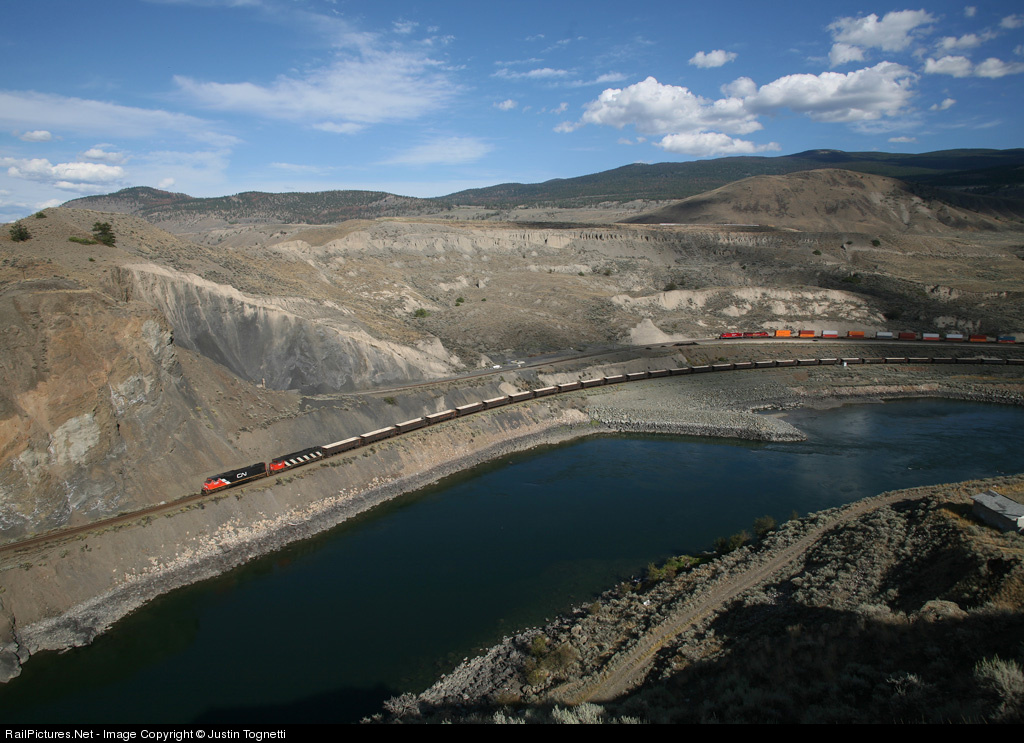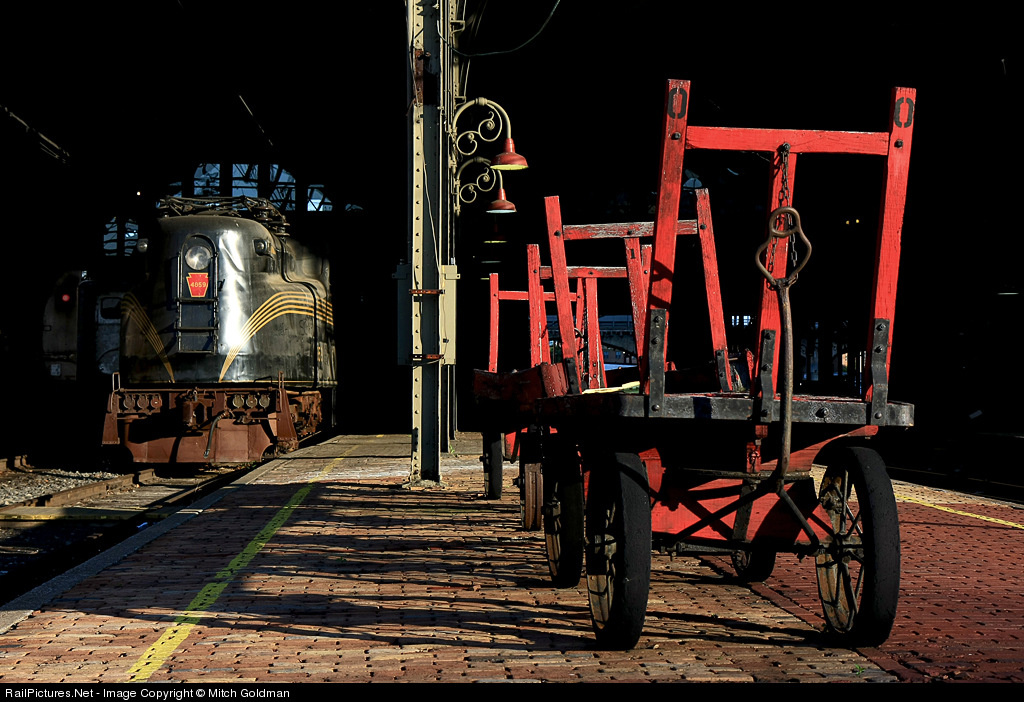 Let's start off with this frog shot, with intermodal cars in the background. Interesting shot, lots of details, muted yet colorful with browns and some reds and blues (compared to most people, I am more of a fan of rich browns). But I find the shot busy, cluttered; where is my eye supposed to go? The focal point is weak, due in large part to the frog being simply longer than the range in focus. Also, the background is rather busy and in some sense visually close to the frog, resulting in a lack of separation. Nice, but lets turn to shots that are really nice!
Let's start off with this frog shot, with intermodal cars in the background. Interesting shot, lots of details, muted yet colorful with browns and some reds and blues (compared to most people, I am more of a fan of rich browns). But I find the shot busy, cluttered; where is my eye supposed to go? The focal point is weak, due in large part to the frog being simply longer than the range in focus. Also, the background is rather busy and in some sense visually close to the frog, resulting in a lack of separation. Nice, but lets turn to shots that are really nice! Really nice would be this track and signal shot. So much to see, two different signals, two different signal colors, pinkish hue in the sky which is picked up in the rails. I am a fan of what I think of as a triangle compo- sition, here formed by the two signals and the zone of the track in focus.
Really nice would be this track and signal shot. So much to see, two different signals, two different signal colors, pinkish hue in the sky which is picked up in the rails. I am a fan of what I think of as a triangle compo- sition, here formed by the two signals and the zone of the track in focus.What I find interesting here is the choice to limit the focus to an arbitrary, nondescript section of track - no switchpoint, switchstand, spike, anything. I like the effect, I think because it equalizes the three points. The foreground, which could be a stronger element if more distinct, becomes equal in presence; the left signal is a strong element here. Overall, I love the peaceful flavor here, interrupted only by the knowledge that green over red means a train is coming. The shallow depth of field eliminates all minor elements that one might find in a scene, junk and weeds in the foreground, the signal boxes, details of the mountains, leaving a beautiful semi-abstraction.
 The third image is powerful. The foreground is distinct, the spike, the complementary nearby fasteners. Balanced against this element is the train, strong and powerful yet not over- whelming, colorful (nice contrast against the overall coldness), with distinct form. The absence of focus reduces the nose to basic elements, three circles on a field of red (itself shrouded by clouds, with blue only above - cool!).
The third image is powerful. The foreground is distinct, the spike, the complementary nearby fasteners. Balanced against this element is the train, strong and powerful yet not over- whelming, colorful (nice contrast against the overall coldness), with distinct form. The absence of focus reduces the nose to basic elements, three circles on a field of red (itself shrouded by clouds, with blue only above - cool!).More than that, the shallow depth of field reduces the entire scene to basic elements, and the key here is that Steve has chosen the elements well, track and the train that runs on it. The blur gives added emphasis to the track, which to my eye results in excellent balance, just the right emphasis on the track, eliminating the natural instinct of any railfan to focus on the engine.
When I began to ponder this post, I was of the opinion that this engine/spike shot was by far my favorite. In pondering them more, I now realize that the signals shot is its equal if not more favored. The pastels are so nice, the lines (rail parallel to signal post) so strong, the essence of the scene so well conveyed. Sweet!
Steve, hope you don't mind, but I am going to copy this type of composition, if not the exact forms here, at the next opportunity! :)












